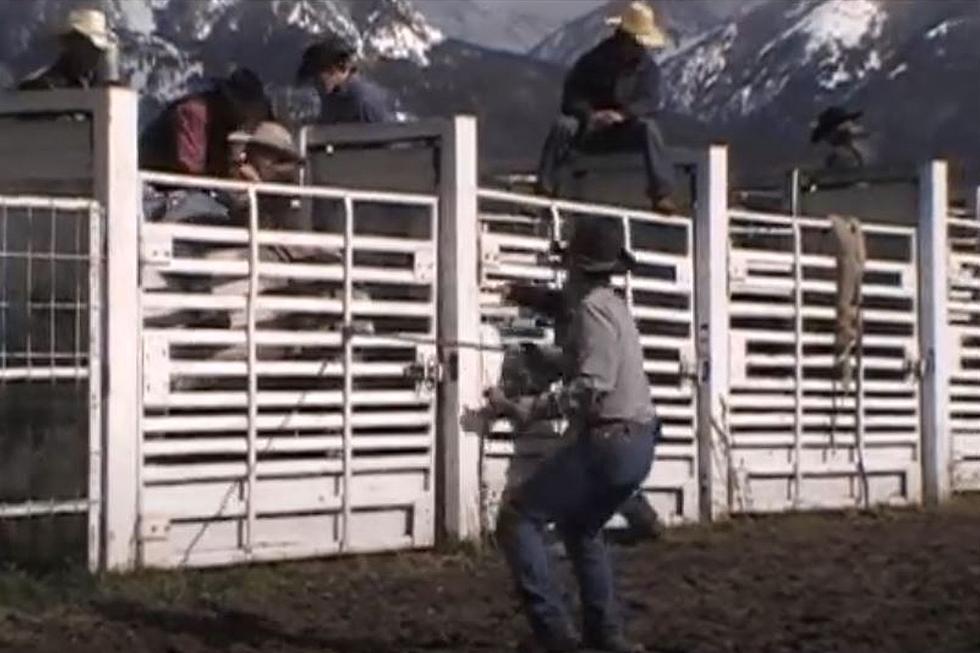Missoula’s Plan for Nuclear War, Tour of Local Secret Fallout Shelter
KGVO Radio has been an institution in Missoula since the 1930's, and not too long ago, it was an integral part of a nuclear war survival plan for the northwest.The transmitter site is still in use by KGVO, but most of the (much larger) equipment is unnecessary these days. The actual transmitter used in the 60's still fills the room behind the gray paneled wall in this picture.
Below this room are more secrets. The basement of the old KGVO transmitter site near Blue Mountain in Missoula is still stocked with supplies to deal with potential fallout from a nuclear detonation, and the pictures you see throughout this post are from 2015, but the site has been relatively untouched since the 70s.
THE PLAN
One of the finds at the site is the Emergency Operations Plan drawn up by the Office of Civil Defense. The text says it is explicitly for "operations during a nuclear emergency" and would "supersede" any existing county survival plan.
The handbook lists various scenarios, and describes Missoula as a "low risk" area that would likely be responsible for dealing with evacuating masses from elsewhere. Along those lines, much effort is put into outlining plans for "mass feeding centers" and shelters.
The book anticipates that in a nuclear war, Missoula would likely be "subject to light fallout from detonations to the west and north." It also says Missoula would be a "host county for approximately 23,000 people from Cascade County which is a 'high risk' area." Cascade county, of course, is home to Malmstrom Air Force Base.
The evacuation of Cascade county would have involved 82,000 people in an estimated "36,382 vehicles." Missoula, Flathead, and Lewis and Clark Counties would have absorbed the exodus and were to be prepared to have a full transfer within two and a half days.
Much of the housing would have been at the University of Montana and mass feeding sites would have been set up at the University Center Building and The Lodge Building. These sites would have served two meals per day. Meanwhile each home was expected to have a three day supply of food and travelers from Cascade County were supposed to bring three days of food with them.
KGVO studios played an important communications role in the emergency plan and was outfitted with its own supply of rations. Below are some of the survival staples.
THE SUPPLIES
Pre-cooked food, designed to feed one adult for 12 days.
Toilet Paper (and instruction guide).
You're going to need water!
Survival Crackers!
Of course, KGVO still plays an important role in public safety... we still perform Emergency Alert System tests every week in case there's a serious problem. While we haven't had any nuclear fallout, we have made it through some pretty intense storms, blizzards, and the ash from Mount Saint Helens.
I think the old manager, A. J. Mosby would be proud.





